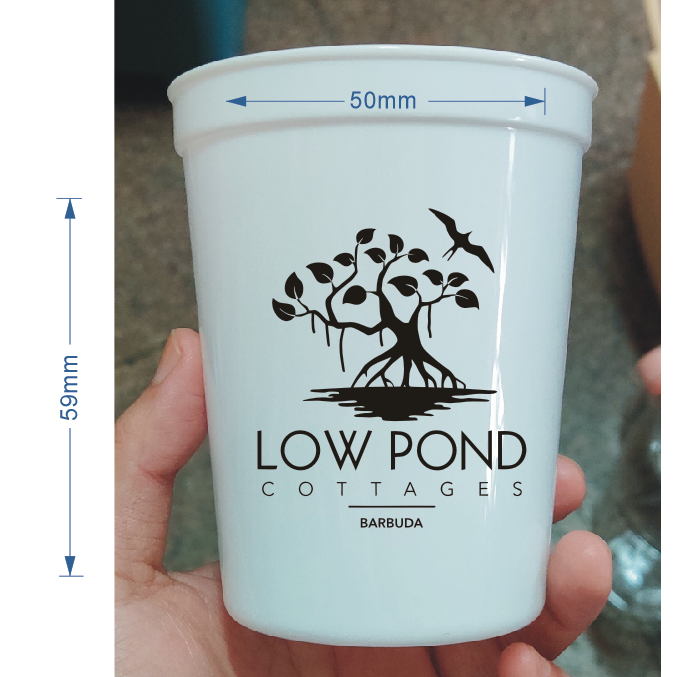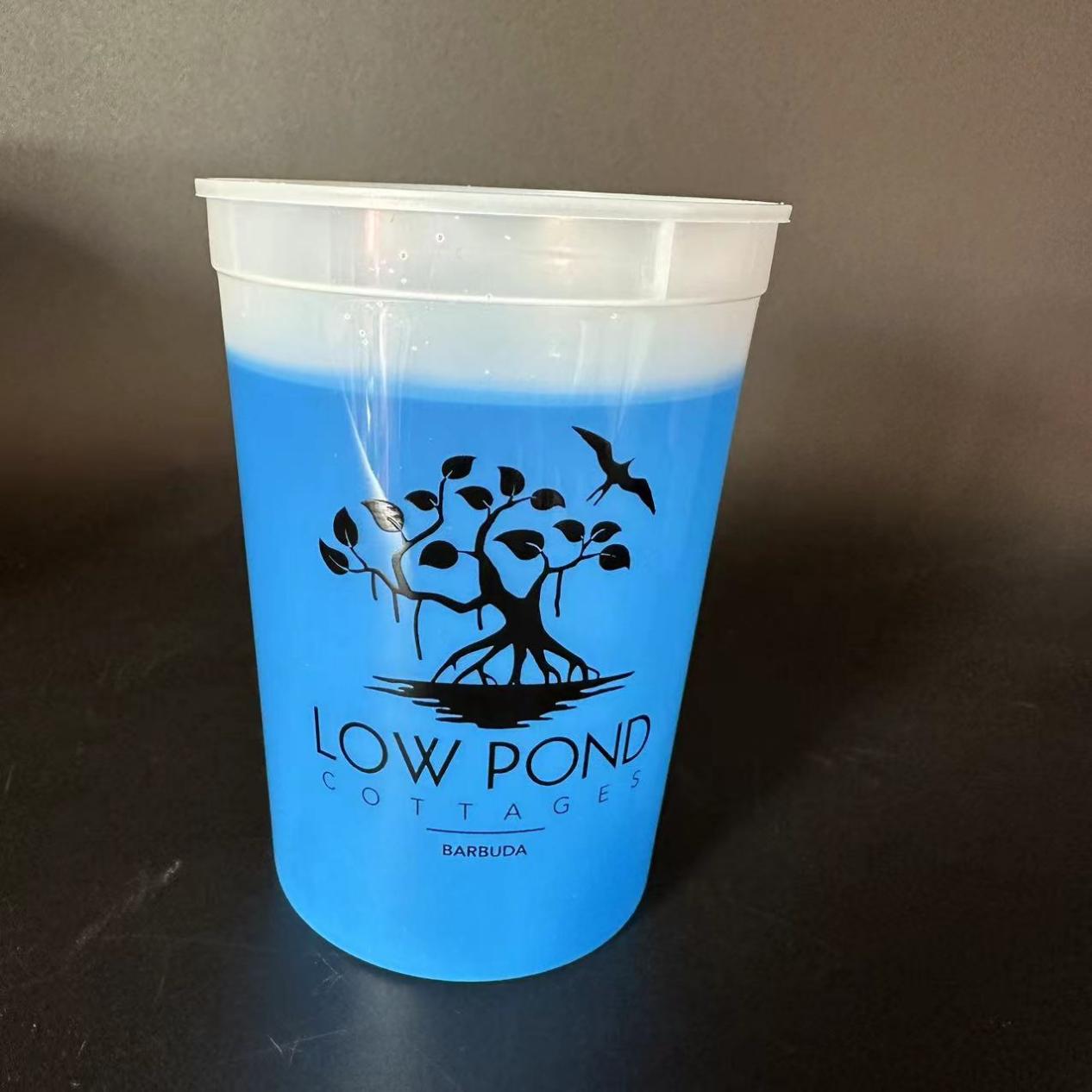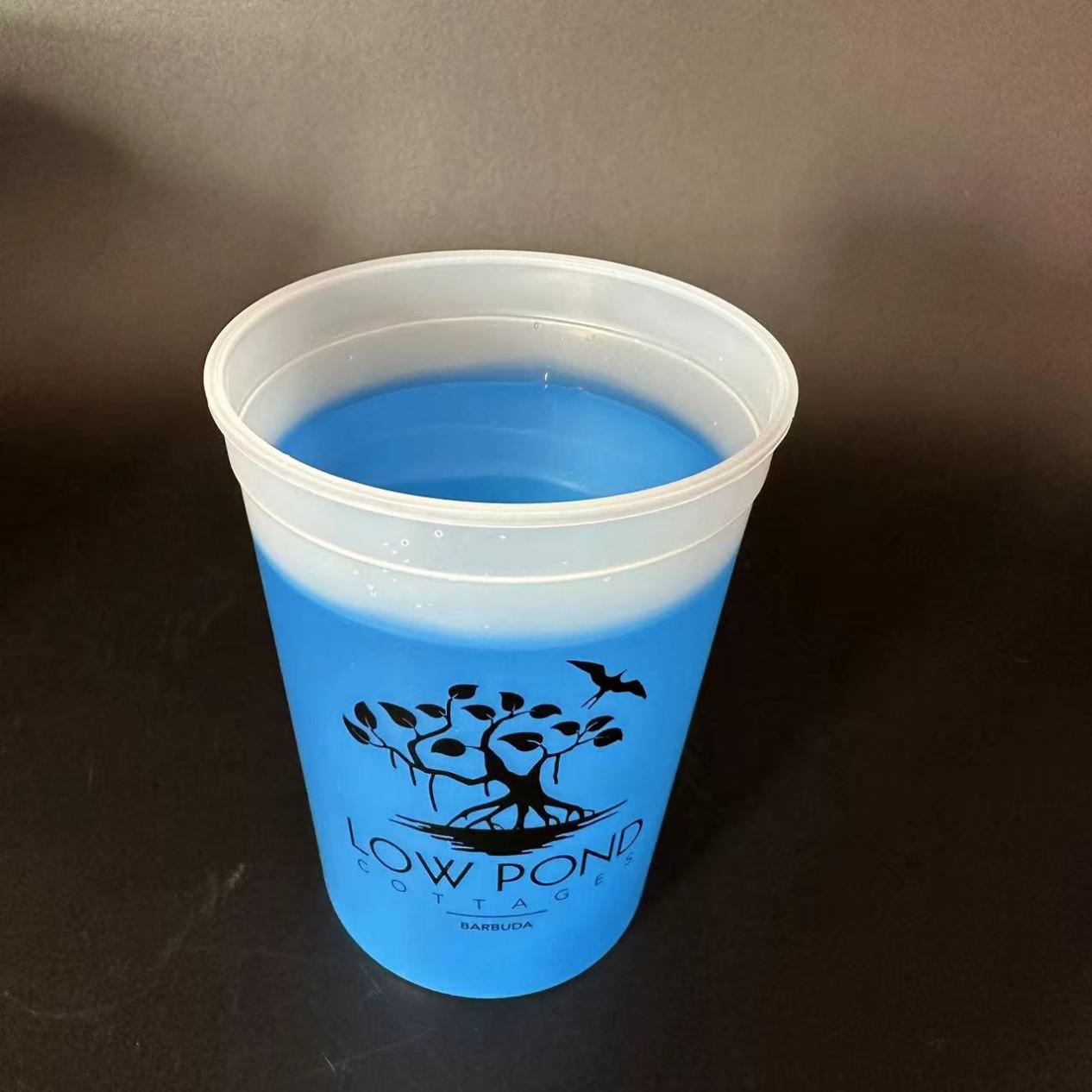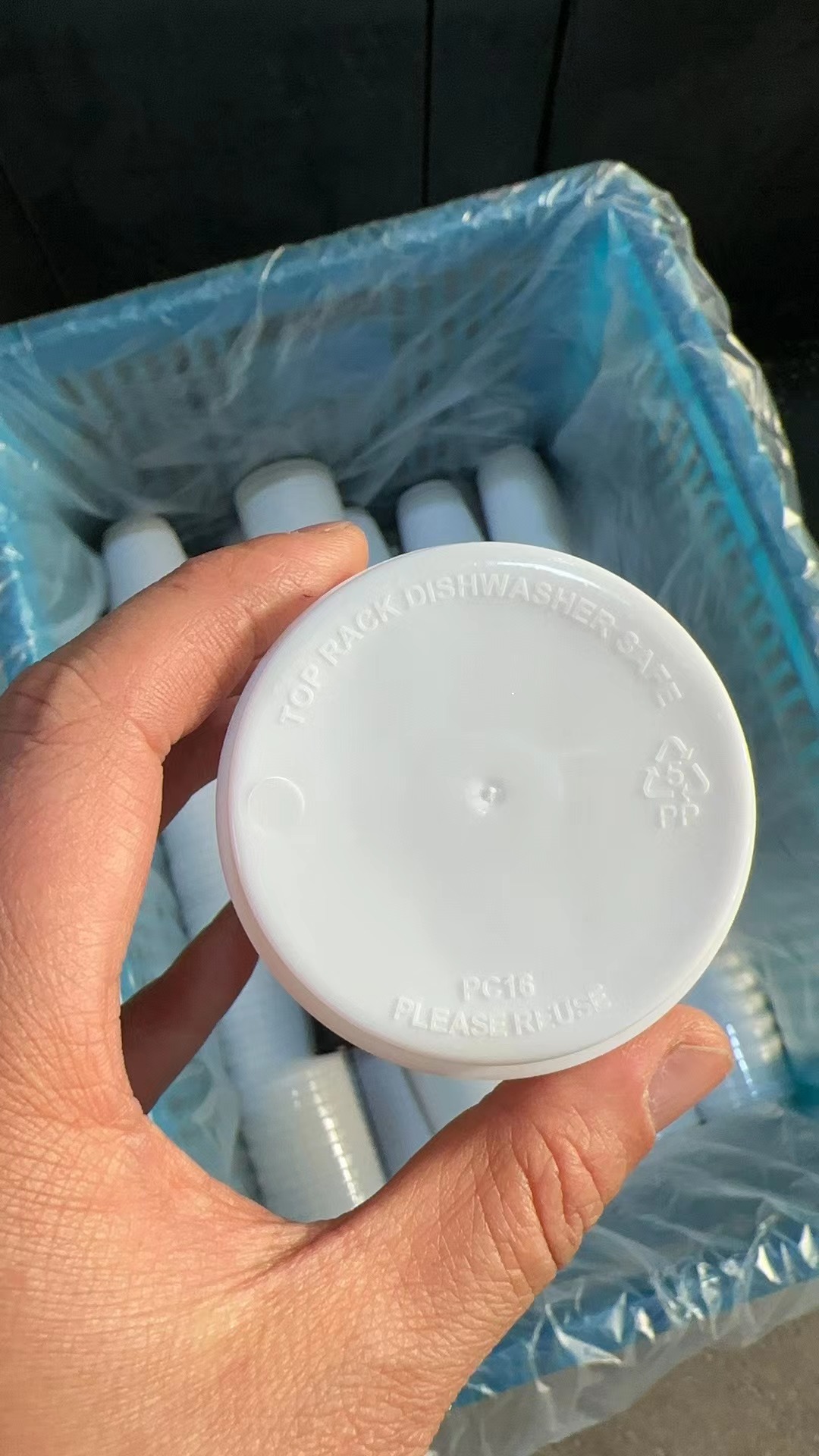 English
English-
 English
English -
 Español
Español -
 Português
Português -
 русский
русский -
 français
français -
 日本語
日本語 -
 Deutsch
Deutsch -
 Tiếng Việt
Tiếng Việt -
 Italiano
Italiano -
 Nederlands
Nederlands -
 ไทย
ไทย -
 Polski
Polski -
 한국어
한국어 -
 Svenska
Svenska -
 magyar
magyar -
 Malay
Malay -
 বাংলা
বাংলা -
 Dansk
Dansk -
 Suomi
Suomi -
 हिन्दी
हिन्दी -
 Pilipino
Pilipino -
 Türk
Türk -
 Gaeilge
Gaeilge -
 عربى
عربى -
 Indonesia
Indonesia -
 norsk
norsk -
 اردو
اردو -
 čeština
čeština -
 Ελληνικά
Ελληνικά -
 Українська
Українська -
 Javanese
Javanese -
 فارسی
فارسی -
 தமிழ்
தமிழ் -
 తెలుగు
తెలుగు -
 नेपाली
नेपाली -
 Burmese
Burmese -
 български
български -
 ລາວ
ລາວ -
 Қазақ
Қазақ -
 Euskal
Euskal -
 Azərbaycan
Azərbaycan -
 slovenský
slovenský -
 Македонски
Македонски -
 Lietuvos
Lietuvos -
 Eesti Keel
Eesti Keel -
 Română
Română -
 Slovenski
Slovenski -
 मराठी
मराठी -
 Српски
Српски
USA & EU Market Requirements For Plastic Cups
2024-02-09
The United States and European Union (EU) both have regulatory frameworks in place that govern the production, use, and disposal of plastic cups. These regulations are designed to protect public health, ensure environmental safety, and promote sustainable practices. Here’s an overview of the market requirements for plastic cups in both regions:
USA Market Requirements:
Food Contact Regulations: In the United States, the Food and Drug Administration (FDA) has regulations that oversee the materials used in food packaging, including plastic cups. These regulations ensure that plastics used for food contact do not contain harmful substances and that the packaging materials maintain the quality and safety of the food.
Material Safety Data Sheets (MSDS): Producers of plastic cups are required to provide Material Safety Data Sheets, which contain information about the chemical composition of the cups, potential hazards, and safety precautions for handling and disposal.
Recycling and Environmental Standards: The United States has varying recycling laws and environmental standards across states. Some states have bottle bills that require a deposit on plastic cups, encouraging their return for recycling. Additionally, there is a growing emphasis on using recycled materials and reducing the environmental impact of packaging.
Prop 65 (California): Proposition 65 in California requires warnings on products that contain certain chemicals known to cause cancer or birth defects. Plastic cup manufacturers must ensure that their products do not contain these substances or label them accordingly.
Customer Preferences: In the US, there is a growing trend towards eco-friendly and sustainable packaging options. As a result, customers often prefer plastic cups made from recycled materials or those that are biodegradable or compostable.
EU Market Requirements:
EU Food Contact Regulations: The European Union has stringent regulations regarding food contact materials, which are outlined in the EU No 10/2011 regulation. These regulations restrict the use of certain substances and require that plastics used for food contact are safe and do not transfer any harmful substances into food.
Packaging and Packaging Waste Directive (94/62/EC): This directive sets out requirements for the management of packaging waste, including recycling targets. It encourages the use of recyclable materials and the reduction of packaging waste.
Restriction of Hazardous Substances (RoHS): The RoHS directive restricts the use of certain hazardous substances in electrical and electronic equipment, which can also apply to plastic cups used in such equipment.
Green Claims and Environmental Labeling: The EU has guidelines for environmental claims and labeling, ensuring that products marketed as “green” or environmentally friendly actually meet certain criteria. This affects how plastic cups are marketed and labeled in terms of their environmental attributes.
Customer Preferences and Market Trends: Similar to the US, the EU market is moving towards more sustainable packaging options. Consumers are increasingly aware of environmental issues and are looking for eco-friendly products. As a result, plastic cups made from sustainable materials and designed for easy recycling are in demand.
Both the US and EU markets place a strong emphasis on the safety and environmental impact of plastic cups. Manufacturers need to ensure they comply with the specific regulations of each region while also meeting the evolving preferences of consumers who are increasingly choosing products with a lower environmental footprint.









